In order to control diabetes, besides paying attention to diet, exercise and insisting on necessary drug treatment, it is also very important to scientifically monitor various indicators.
How should diabetic patients monitor themselves?
Dr. Xu Naijia from the Endocrinology Department summarized the examinations that diabetic patients need to do every year, with a total of 7 items.
Detection of Blood Glucose
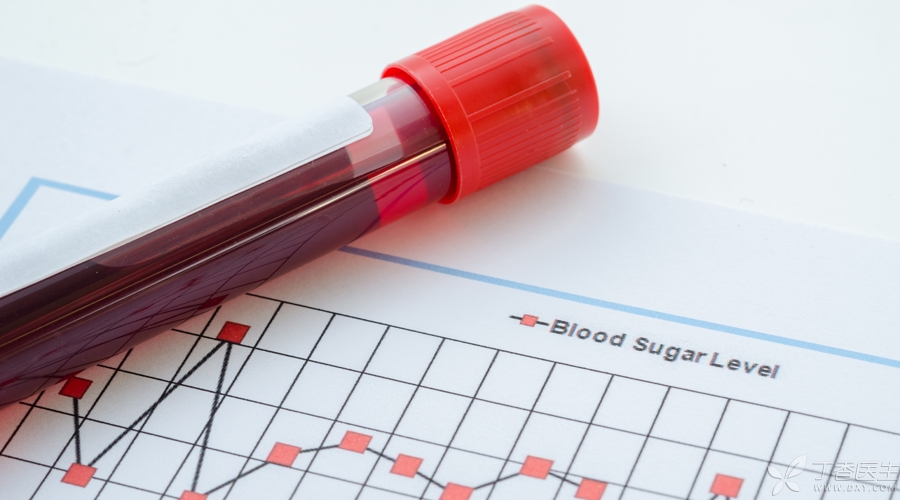
Monitoring blood sugar refers not only to measuring finger blood sugar, but also to examining glycosylated hemoglobin, which needs to go to the hospital to take venous blood for examination.
Finger blood sugar can reflect the real-time blood sugar level and is used to detect hyperglycemia or hypoglycemia, as well as the effects of diet, exercise, drugs, emotions, etc. on blood sugar.
Glycosylated hemoglobin can reflect the average blood sugar level in the past 2-3 months and is used to evaluate the long-term blood sugar control.
Combining the two values can help doctors to formulate more reasonable treatment plans.
Generally speaking, patients with type 2 diabetes:
- Fasting blood glucose should be controlled at 4.4 ~ 7.0 mmol/L, non-fasting blood glucose should be < 10.0 mmol/L, glycosylated hemoglobin should be < 7%
How often?
Patients treated with drugs: 3 days a week, 2 times before and after the same meal every day.
For patients treated with insulin, fasting blood glucose before breakfast is measured three times a week before the blood glucose reaches the standard, and the patient will return to the clinic within 2 weeks.
After the blood sugar reaches the standard, the blood sugar is monitored three times a week, respectively, on an empty stomach and before and after dinner, and the follow-up visit is conducted once a month.
Glycosylated hemoglobin is examined every 3 ~ 6 months.
Monitor blood pressure
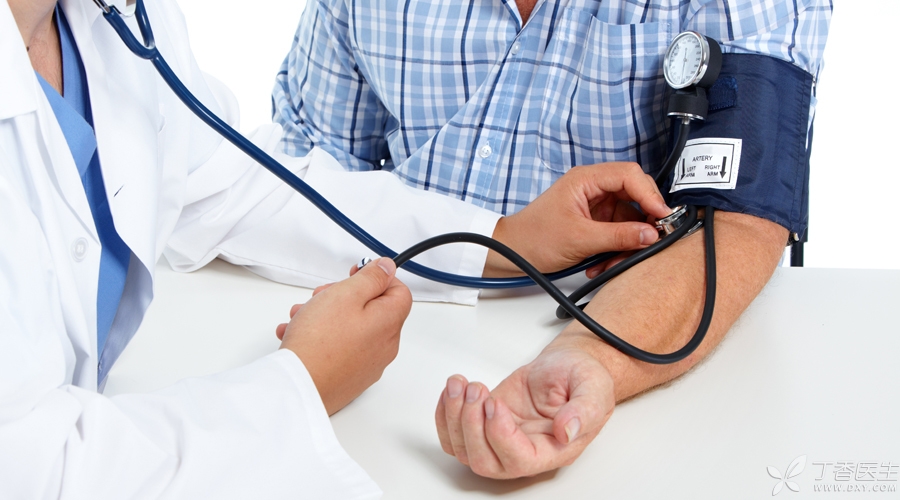
Diabetes patients are often complicated with hypertension.
Hypertension and hyperglycemia can damage blood vessels, heart, kidney and eyes and cannot be ignored.
Generally speaking, the blood pressure should be controlled below 140/80 mmHg, and the blood pressure of the elderly over 80 years old should not exceed 150/90 mmHg.
For patients with diabetes complicated with hypertension, it is best to measure their blood pressure once a day after getting up in the morning and before going to bed.
It is better to have an electronic sphygmomanometer at home, which is convenient and practical.
Monitoring blood lipid
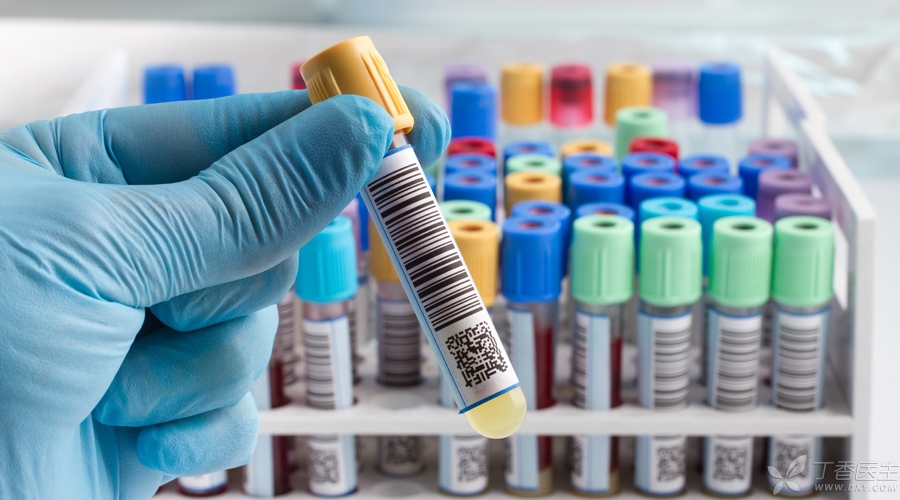
Diabetes and hyperlipidemia are also [relatives], sugar friends often have hyperlipidemia.
Long-term uncontrolled hyperlipidemia is easy to cause atherosclerosis, coronary heart disease, cerebral infarction or pancreatitis.
If blood lipid is normal, it should be tested at least once a year. If there is high blood lipid, it should be monitored once every 3 months to 6 months.
For sugar lovers, the ideal blood lipid level:
- Total cholesterol < 4.5 mmol/L triglyceride < 1.5 mmol/L high density lipoprotein > 1.0 mmol/L (male) high density lipoprotein > 1.3 mmol/L (female) low density lipoprotein < 2.6 mmol/L If coronary heart disease exists, low density lipoprotein should be < 1.8 mmol/L
Monitoring urinary microalbumin/renal function
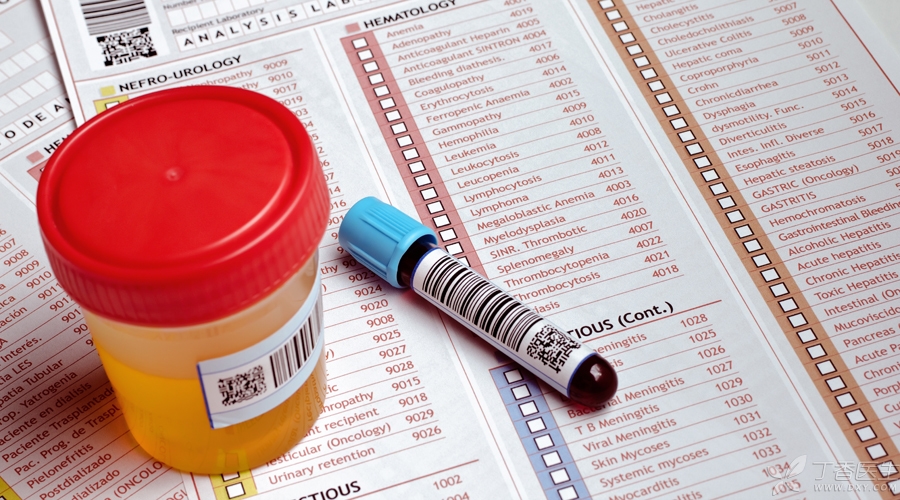
Diabetes mellitus is one of the killers of kidney. The earlier prevention and treatment, the better. Urine microalbumin/creatinine is an indicator of earlier abnormalities after kidney damage. Doctors can further evaluate kidney health through renal function.
The former passes the urine retention examination, while the latter needs blood tests.
Generally speaking, urine microalbumin/creatinine should be less than 30 mg/g, and renal function should be kept within the normal range.
For those without renal diseases, kidney examination shall be conducted at least once a year. For patients with renal diseases, the examination should be conducted every 3 ~ 6 months.
Monitor fundus
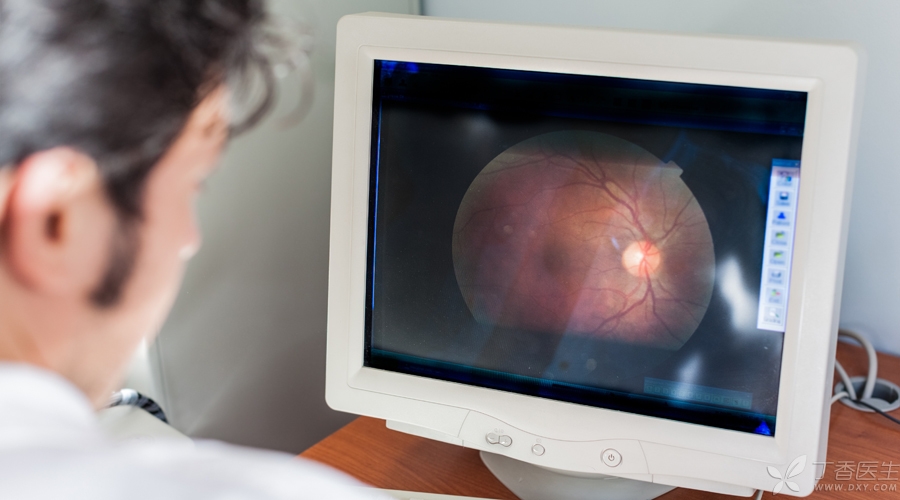
Diabetic retinopathy is the main cause of blindness among sugar lovers. Prevention before disease and prevention of disease are of great significance for monitoring.
After the diagnosis of type 2 diabetes, the first fundus examination should be carried out as soon as possible to investigate diabetic retinopathy.
Patients without diabetic retinopathy should be reexamined once every 1 ~ 2 years. Mild lesions are once a year and severe lesions are once every 3 ~ 6 months.
Monitoring lower limb arteries
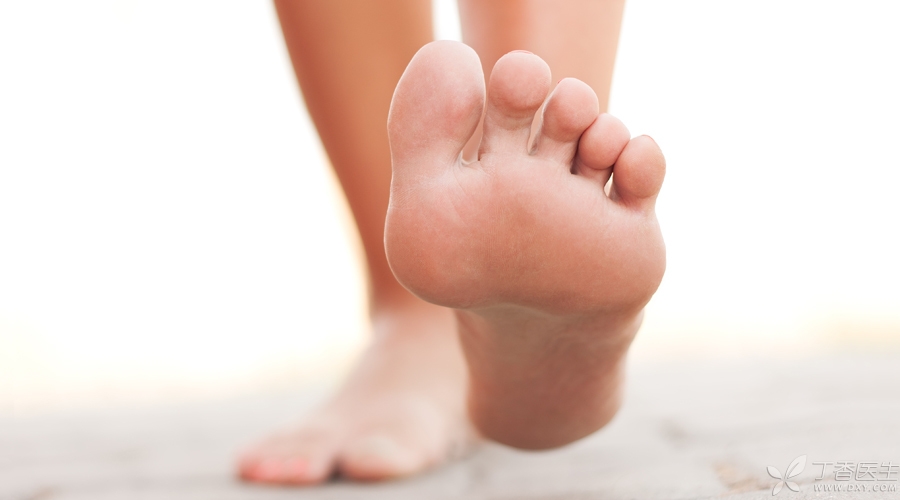
Diabetes is easy to cause lower limb arteries to form sclerotic plaques, causing lower limb arteries [traffic jam] and ischemia and hypoxia, causing lower limb fatigue, cooling, pain, ulceration, etc.
Through lower limb artery ultrasound, diagnosis can be made in time, and active intervention and treatment can be carried out.
Patients over 50 years old or with a course of diabetes for more than 5 years, or those complicated with cardiovascular and cerebrovascular diseases, dyslipidemia, hypertension and smokers, should have lower limb artery ultrasound examination at least once a year.
Monitor body weight
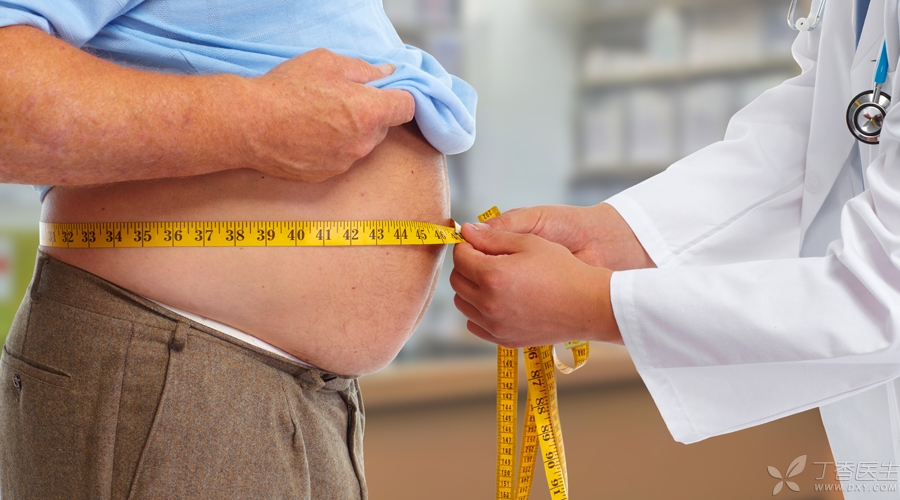
Overweight or obesity makes blood sugar difficult to control, and it will also collaborate with cardiovascular and cerebrovascular diseases, gout, kidney disease and other diseases. Here are two indicators to pay attention to, body mass index and waist circumference.
Body mass index is the square of body weight (kg)/height (m2, with values ranging from 18.5 to 24 kg/m2.
And men’s waist circumference should be less than 90 centimeters, women’s waist circumference should be less than 85 centimeters. It should be noted that the body mass index is normal, waist circumference exceeds the standard, and it is also obesity.
This item is relatively easy to detect. It is recommended to measure the weight and waist circumference at least once a month. If there is an increasing trend, the reason needs to be found under the guidance of a doctor.
These seven tests can help diabetics find abnormal signals in time and stifle danger in the cradle.
I hope these reminders can make everyone pay enough attention to these examinations and effectively control diabetes.
